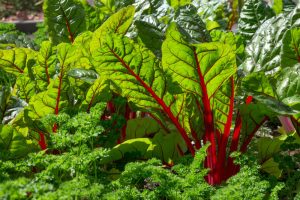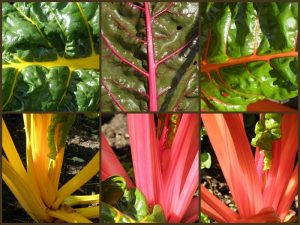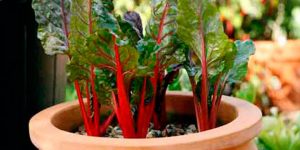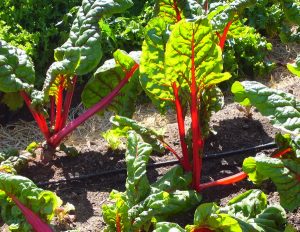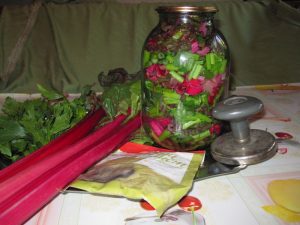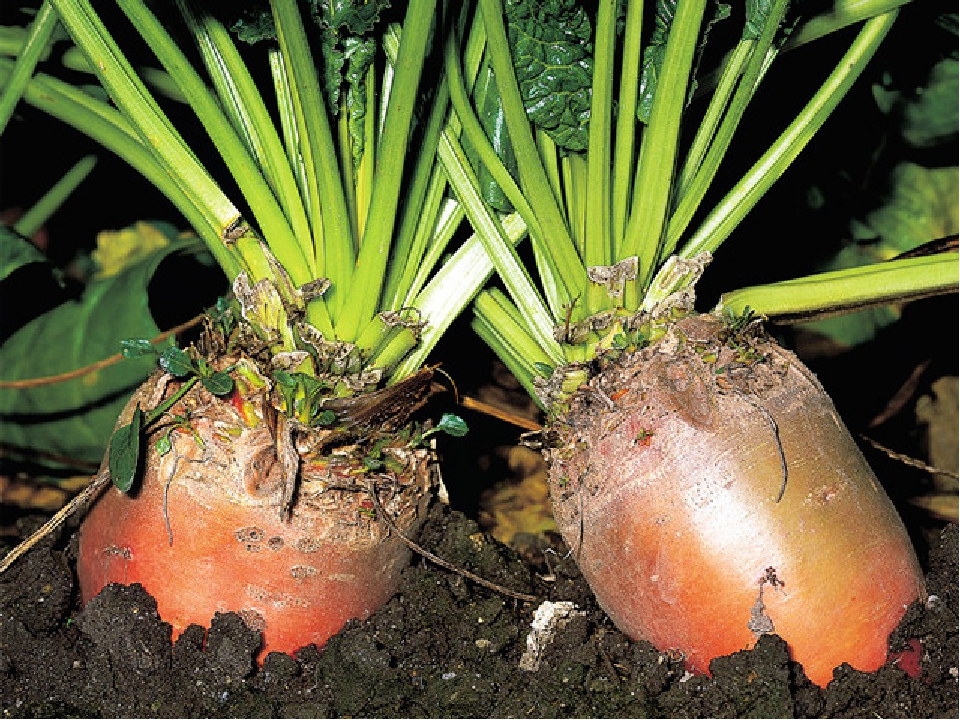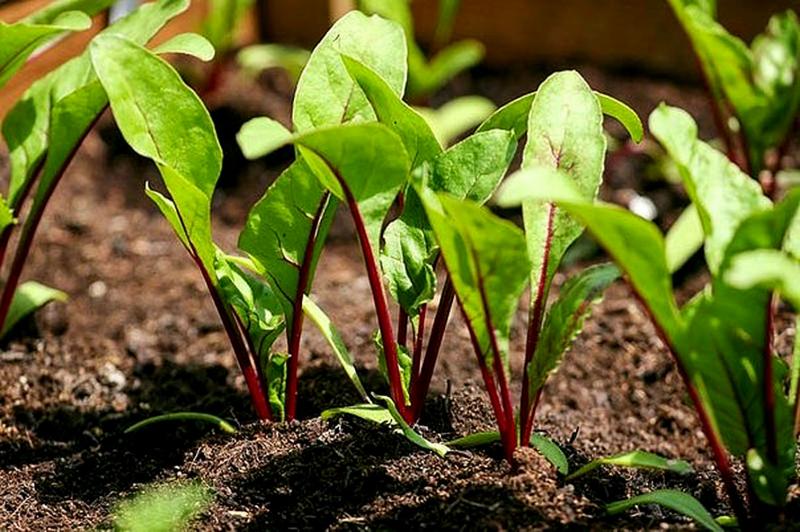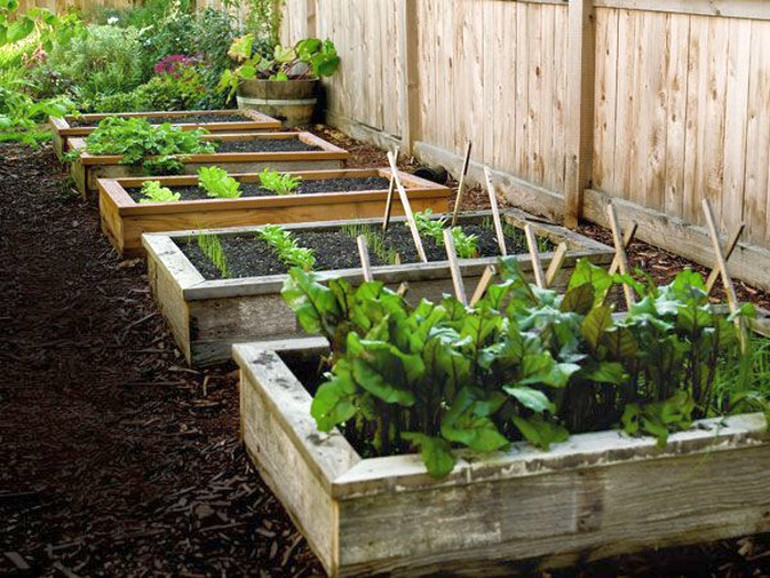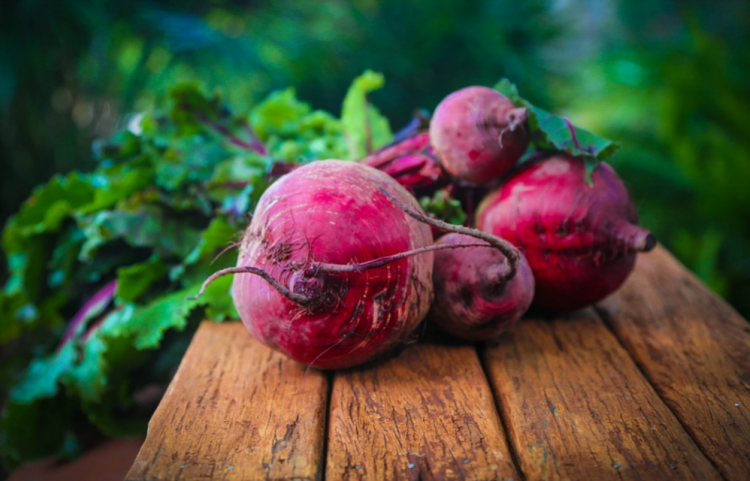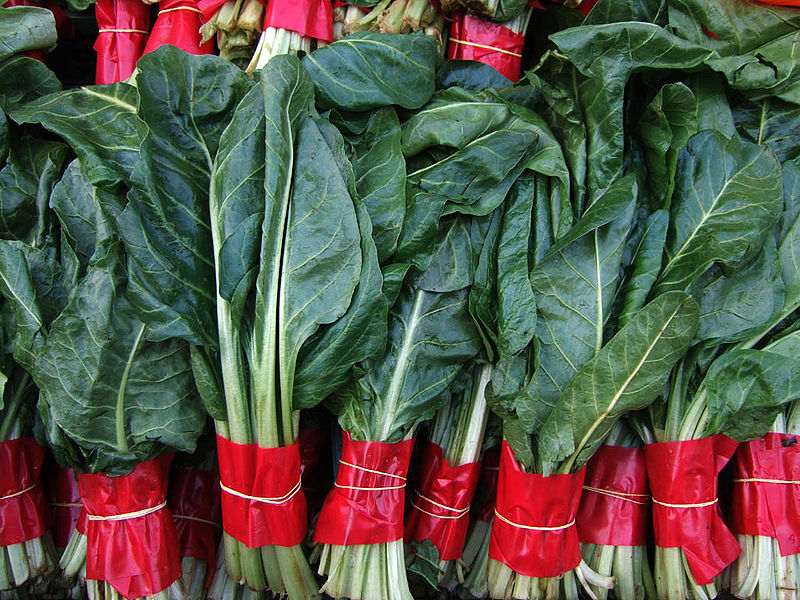Content:
Beets have been in demand among people for a long time all over the world. Its demand is due to food, medicinal and decorative features. The genus Beetroot (Beta) has about a dozen species, a special species is grown by man - the common beet (Beta Vulgaris). This species is divided into several subspecies: table, fodder, sugar and another variety - leaf beets. This type of plant is called beetroot, or Mangold Beet (Beta vulgaris Cicea Lin).
Characteristics
Mangold beet is a biennial plant that can reach a height of 2 meters. In the first year of growth, juicy leaves appear from the ground, which form a rosette, a powerful root system is formed. In the second year, a tall flower stem sprouts, on which seeds subsequently appear.
Growing beets has two goals:
- Eating cuttings and leaves;
- Garden and vegetable garden decoration.
Beets are very popular because of the content of nutrients and vitamins in the leaves and cuttings, these are:
- Iron;
- Magnesium;
- Potassium;
- Sodium;
- Vitamins of group A, E, K, C.
Interesting. In cooking, cuttings and leaves are used for food. The latter are added to salads and first courses. Many people like to fry beets in a pan. First, sweet peppers, onions, garlic are fried in oil, then Mangold is added and stewed until tender for a few seconds.
Mangold beets can be roughly divided into two groups: leaf and petiole. The first species has a large rosette and many large wavy and smooth leaves. The petiole group is distinguished by large leaves with prominent bright main veins and a wide petiole, from which the name comes.
The plant is of particular value in the spring. Thanks to the consumption of leaf beets, you can easily cope with vitamin deficiency, as well as decorate the table with beautiful greens.
Subsort
Beetroot has several varieties that are equally popular among gardeners:
- Swiss chard is a type of leaf beet, which is called "grass stem". The bright scarlet color of the veins on the plant makes this variety stand out from the rest. In spring, this is one of the first plants that pleases with its harvest;
- Schnitt Chard - This variety can be called "roman cabbage". After the crop is cut once, new leaves appear again. The vegetable is more resistant to frost than the previous variety.
Growing
In total, this type of beet belongs to a two-year-old plant, but in an area with a harsh climate and too cold northern winters it is pointless to leave it in the ground. If the climate is milder, then before the beginning of winter, the plant should be carefully sheltered from winter frosts, and in early spring it is necessary to protect the seedlings from spring frosts. You need to cut the tops before the start of freezing.
Mangold leaf beets are unpretentious in their care, so they can be successfully grown even on a windowsill, providing a sufficient amount of light. Natural light is the most important prerequisite for a good harvest.
Where to grow
Beets grow in any soil, but they prefer moist, fertile soil. It is recommended to grow after crops for which organic was applied. When preparing the soil, add about a bucket of humus or compost for every square meter.
Important! When crop rotation, it should be borne in mind that the crops that grew in the previous year at the site of cultivation should be tomatoes, cucumbers, onions, potatoes.
Sowing seeds
Leaf beets are sown after the soil warms up to a depth of 3-4 cm to a temperature of 7 ... 8 ° C. If sowing is planned earlier, then the planting should be covered with a film.
Important! When sown in the cold early period, vitrification of the plant can be observed.
The first shoots can begin to appear in 10-15 days, several pieces at once, as with ordinary beets. Careful thinning is required. Almost after germination, it is necessary to hilling for the stability of the plant. After the appearance of 2-3 true leaves, thinning is carried out, after 2 weeks it is repeated. The distance between plants should be at least 20-25 cm for a leafy variety and 34-40 for a petiole variety. Damped, dense crops reduce the yield.
Growing through seedlings
To get an early harvest, Mangold beets can be grown through seedlings. Sowing seeds is carried out in individual pots. After 30-35 days after germination, they are planted in a permanent place of germination.
Note! The plant has wide leaves and a large root system, so it is better, when planting, to maintain a distance between rows of 35 cm, and between plants - about 10 cm.Seeds are lowered into the hole to a depth of 2-3 cm
Care features
Chard is unpretentious in care. To obtain large tender juicy leaves, you will need constant watering with regular feeding. A weak solution of mineral fertilizers (0.5 tsp. Complex composition per 10 liters of water at a consumption per 1 square meter) is suitable.
Nitrogen-based fertilizers should only be used at the beginning of growth as nitrates can accumulate in the leaves.
In order for the plant to develop fully, not only regular watering is required, but also providing the beets with sufficient light. Fruitful cultivation also requires regular weeding and loosening. Cultivation carried out in accordance with all the rules will help to get a tasty rich harvest.
Preparing for winter
The strongest plants can be left to winter in the garden. Previously, they are covered with earth, and then covered with compost and foliage.
Important! If you provide the beetroot with proper care, then the person will receive a useful plant for food, and also decorate his site. The leaves contain a large amount of vitamins, minerals and other useful substances.
Harvesting
Beet leaves are pinched one at a time or cut partially. Plucking should start with the extreme ones, so that the rest of the young tops grow with renewed vigor. It is allowed to cut no more than a quarter at a time. The growth point is left intact. The leaves wilt after being cut, so they should be folded in a plastic bag and kept in the refrigerator.
Beneficial features
The beneficial properties of this plant have been known since the times of Ancient Rome. Then doctors used the leaves of Mangold as a laxative. Modern man not only grows beets and eats them throughout the year, but also prepares homemade preparations for the winter.
Interesting to know. Beetroot contains many more vitamins and nutrients than regular beets.
Recent studies have shown that 13 polyphenol oxidants are present in the vegetable, which are simply necessary in the treatment of many ailments:
- Eating beet leaves will speed up the treatment of the cardiovascular system, diabetes, circulatory system, overweight, insomnia and nervousness;
- The juice of the leaves will help with toothaches, and also act as a good laxative;
- In the presence of inflammatory processes on the body, Mangold leaves can be applied to wounds, burns, abscesses;
- Compressing the crushed leaves will help relieve eye inflammation.
This composition determines the use of the leaves in cosmetology. The presence of oxidants will strengthen the skin, reduce wrinkles, and help deal with freckles and warts. Using the leaf juice to rinse your hair will strengthen the roots, get rid of dandruff and give your hair a shine.
Diseases and pests
Despite the simple maintenance, when growing this plant, the gardener can encounter problems that will lead to a poor harvest and loss of taste. The most common cause of any problems is non-compliance with planting and grooming requirements.
Among the most common diseases and parasites in the cultivation of Mangold beets can be found:
- Powdery mildew. This is the most common disease, the development of which is facilitated by frequent rain and stagnant moisture, as well as parasite damage. The main symptom of development is the appearance of a powdery bloom on the leaves. It will not be possible to cure; when lesions appear, the damaged plant should simply be removed. But it will not be superfluous to carry out prevention. For this, the planting should be treated with a sulfur solution. Regular feeding with phosphorus-potassium and nitrogen fertilizers will help in prevention;
- "Blackleg". It is a disease characterized by graying on foliage and stems. Symptoms include wilting of foliage, stems turning black, drying of roots. If the weather is hot, the plant dies very quickly. To avoid such a problem, the plant should be planted only in carefully treated areas before winter and should be watered moderately;
- Dangerous pests that can harm leaf beets are wireworms, beet aphids and flea beetles, and root beet. It will not work to treat the plant with pesticides, since its leafy part is used for food. The use of such drugs is justified only as a last resort, when the invasion of pests is massive. For processing, preference is given to biological preparations that do not pose a threat to either the environment or humans. It is important to carry out preventive measures here, as well as thorough observance of the rules of agricultural technology and crop rotation.
As you can see, cope with growing Magnolite beets is not as difficult as it might seem at first glance. It is enough to follow the simple rules of crop rotation and agricultural technology to get a good result throughout the year. But winter will delight you with delicious preparations.
